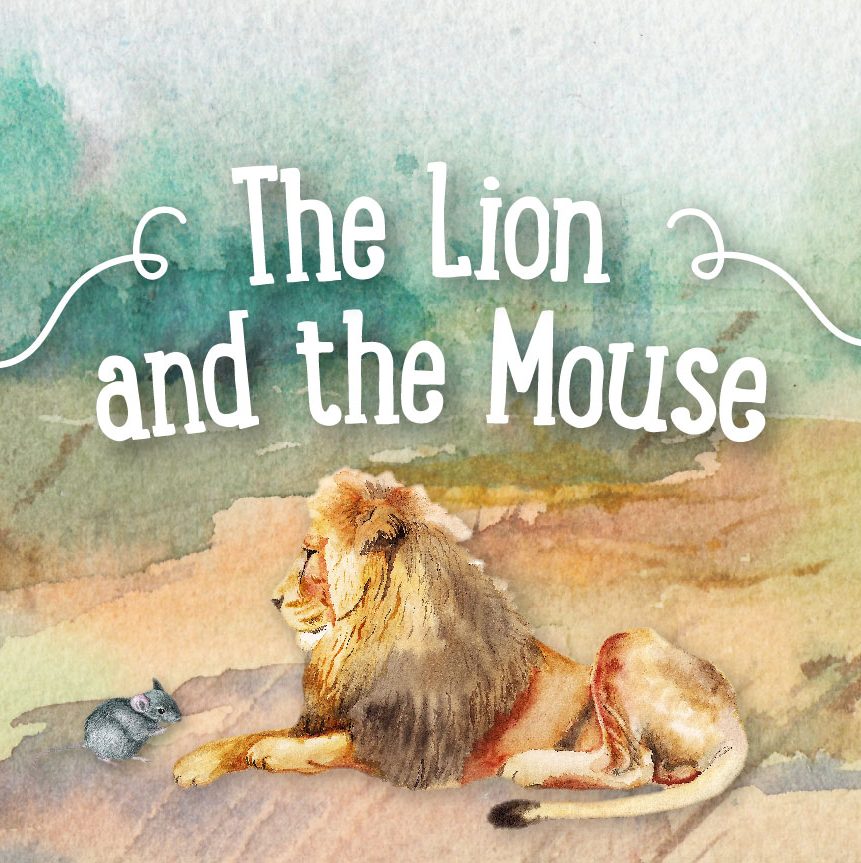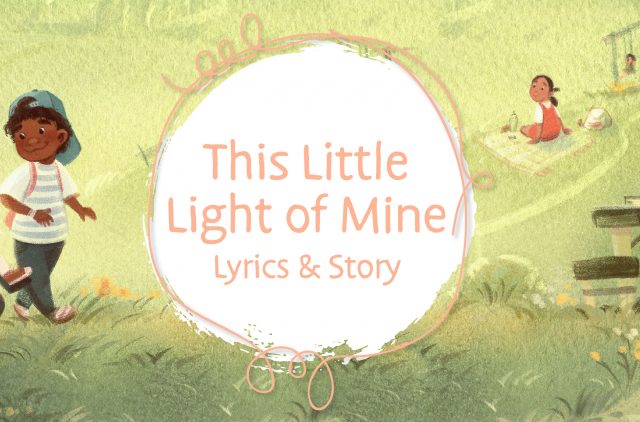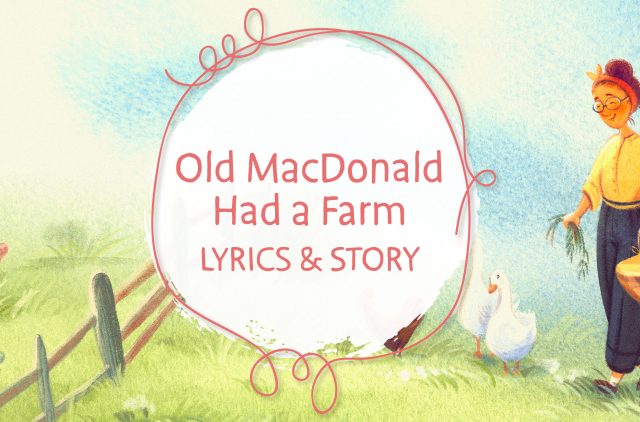In the beloved telling-time nursery rhyme “Hickory, Dickory, Dock,” a little mouse runs up and down the clock every hour, making this rhyme a perfect tool for helping children learn to tell time. Join the fun by singing along with the charming video, and then download our free printable lyrics and clock to practice telling time with your kids.
Hickory, Dickory, Dock
Hickory, dickory, dock.
The mouse ran up the clock.
The clock struck one,
The mouse ran down,
Hickory, dickory, dock.
Hickory, dickory, dock.
The mouse ran up the clock.
The clock struck two,
The mouse ran down,
Hickory, dickory, dock.
Hickory, dickory, dock.
The mouse ran up the clock.
The clock struck three,
The mouse ran down,
Hickory, dickory, dock.
Hickory, dickory, dock.
The mouse ran up the clock.
The clock struck four,
The mouse ran down,
Hickory, dickory, dock.
Sing along with these delightful verses about telling time in this fun, illustrated video from The Good and the Beautiful!
Story of the Song
The origins of “Hickory, Dickory, Dock” are not as clear as some other nursery rhymes. What is known is that the earliest publication of the rhyme was in London in 1744 in Tommy Thumb’s Pretty Song Book.
Some believe the words “Hickory, Dickory, Dock” were the numbers 8, 9, and 10 (hevera, devera, and dick) in an old Celtic language called Cumbric that was spoken in the region just south of Scotland. People there eventually began to speak English, but shepherds continued to count their flocks in Cumbric well into the nineteenth century.
Others say that the rhyme was simply a way to help children learn to tell time or that it was used to count out teams for playing games.

A Mouse in the Clock
Another story behind “Hickory, Dickory, Dock” is based on the Exeter Cathedral clock in England. This fifteenth-century astronomical clock not only tells the minutes and the hours, but it also tracks moon phases and the movement of the sun.
To keep the internal clock mechanisms working smoothly, people often lubricated them with animal fat. Consequently, the clock attracted mice. Rodents were a common problem throughout England at the time. It is said that a hole was cut into the base of the clock for cats to enter and catch the mice.
Is the historic Exeter clock the origin of the rhyme? Maybe, maybe not, but records show that the church “paid” cats to catch mice during medieval times. In truth, the church most likely paid cat owners to lend their mice-catching pets.
Although there’s no conclusive answer to the story behind “Hickory, Dickory, Dock,” this rhyme continues to be a delightful way to learn time-telling to the hour.
Download our free printable of the lyrics as well as the clock and mouse to use as you sing along with our fun, illustrated video of the song, found on our Kids YouTube channel.
You may also like . . .















Comments
My kiddos have always loved singing this song and I never put much thought into where it originated so this was such a fun read for our family!
I love these math tips/tricks. They are so helpful when I am teaching my 2 boys with ASD and ADHD.
Hickory dickory dock has always been a favorite. We watch the YouTube videos all the time.
Love this! Definitely will be using to teach telling time.
I love this video! The clock and mouse printables are a great addition to this nursery rhyme and it’s great they are offered as a free printable.